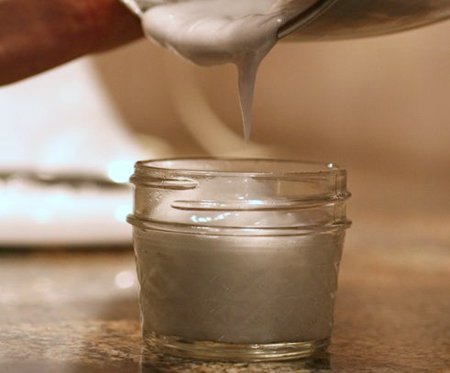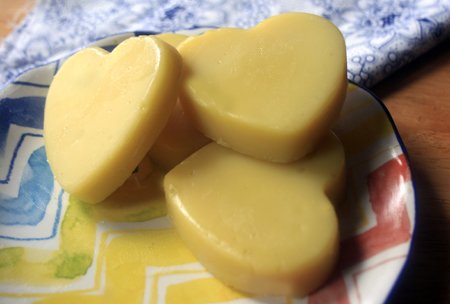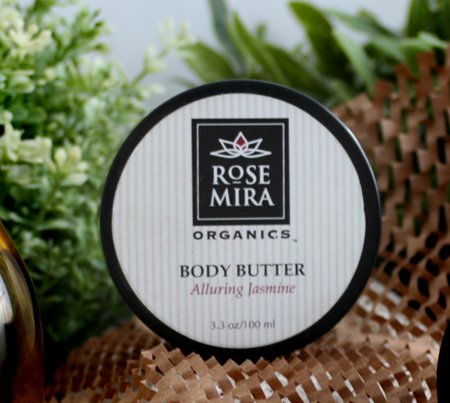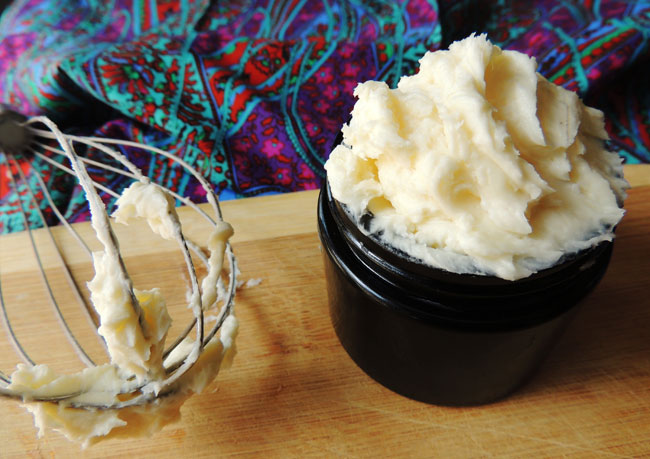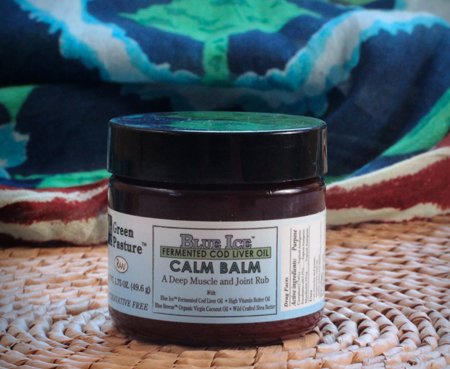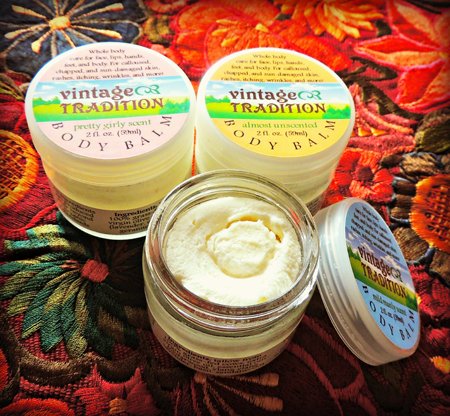It’s cold season around here. Everyone seems to be walking around with a red-raw nose and handful of fluffy white tissues. With this yearly rise of the sniffles, comes a long list of immune-bolstering tricks to try: frequent hand washing, chugging glasses of water, slurping up bowls of bone broth, and popping capsules of zinc and vitamin C. Everyone has their favorite tactics to help bolster the body’s defenses and keep healthy during this transitional time of year. Yet new studies are suggesting that we often miss a crucial step when it comes to hygiene and infection prevention: skin moisturizing.
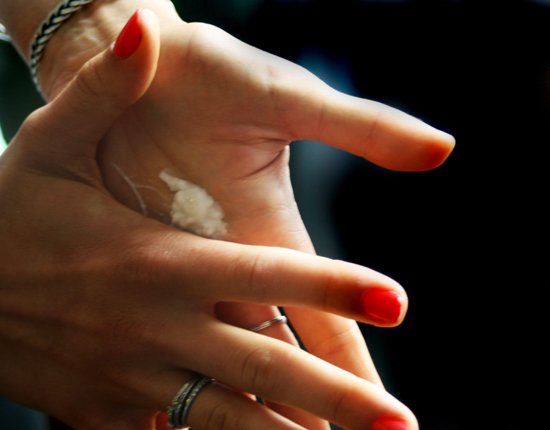
The Role of Skin in the Immune System
According to the CDC, about 80% of contagious disease are spread by touch. Although we think of the immune system as a detailed internal biological system that almost mystifyingly works to protect the cells from susceptibility to disease, one of its most fundamental components is actually right before our eyes: the skin!
As the largest organ by area in the body, the skin is relatively complex and composed of a variety of structural layers. Although its specific characteristics (such as texture, color, thickness) vary throughout the body, the skin is made up of three main layers: the epidermis, dermis and underlying subcutaneous fat. Together these layers form a protective shield- our first line of defense against potential hazards and invaders from the environment. Fundamentally, the skin is a covering that acts as an effective obstacle against the looming chemical, physical and microorganism assaults that are inherent in our day to day lives.
At the surface of the skin is a layer called the stratum corneum. It is comprised of flattened dead cells that create a tough, horny sheet intermixed with keratin and lipids. This layer serves as a primary barrier against foreign substances and also prevents the loss of fluid from the body. As underlying cells mature, this layer is sloughed off every two weeks or so, taking with it a host of lingering bacteria and other potentially infectious agents. 1
Beyond their role as a physical barrier, the various layers of the skin contribute to an intricate antimicrobial system composed of microscopic glands, enzymes, proteins and other compounds. For example, sebaceous glands within the dermis, secrete an oil or waxy substance called sebum which naturally lubricates and waterproofs the skin’s surface. Specific fatty acids within this sebum have the capacity to inhibit the growth of fungi and bacteria, preventing their proliferation and potential invasion. 2
Embedded in the dermis are also the apocrine glands, a type of sweat gland, which help the body to release water and solutes in an effort to maintain temperature and chemical balance in the body. These glands also play a minor role in the detoxification process by releasing peptides, proteins and other unwanted compounds such as heavy metals through the skin, thus ridding the system of them. Additionally, sweat itself contains enzymes which work to destroy the cell walls of invading bacteria lingering on the skin's surface. Thus, although we tend to think of sweating as “gross” and “dirty”- those glossy beads are actually quite helpful and necessary in keeping us clean and healthy. 3
The skin also has its own collection of friendly bacteria that help to maintain its integrity as part of the immune system as well. The helpful microflora of the skin is diverse and powerful, acting to ward off unwanted visitors as well as to keep the skin nourished. 4 Just like the beneficial bateria in the gut that is helped by probiotics, the microorganisms residing on the skin must be carefully cared for, else they will not maintain their protective properties.
There are many incredible systems at work on the skin, both obvious and invisible, that contribute to the dynamic works of the immune system.
The Other Side of Handwashing
With skin playing such a significant role in immune system defenses, it is really no wonder that over the past century, skin hygiene has been praised as one of the very best ways to ward off infection and stay healthy. As conditions in industrialized countries become more crowded and the consumption of commercially prepared food more frequent, countless studies have documented a clear link between poor hand hygiene and the transmission of disease. This has been particularly well-noted in regards to health professionals, food service workers as well as throughout school systems, where close contact is inherent.
Public health efforts have pushed hand washing as the go-to protective measure, plastering signs in restrooms and introducing a myriad of antimicrobial products to squirt all over the hands and arms. Scrubbing thoroughly between the fingers, rinsing and patting dry with a paper towel has become standard procedure, and jumping into a steamy shower or hopping into a bubbly tub daily is both expected and normal.
Unfortunately however, it appears that washing too often with soap and fancy antibacterial products has had some not-so-great consequences. One study determined that just a single wash with plain soap dramatically changed the structural surface of the skin, the pH, waterproofing and lipid composition, with more injury occurring after one week of regular washing. Although most of the changes were dubbed transient, repeated insult over time has been linked to chronic irritation, dryness and conditions such as eczema. Once mechanically and chemically compromised in this way, the skin simply cannot function as effectively as a barrier. Opportunistic pathogens have a greater ability to gain entry through the skin. 4
What’s more, people have found that the frequently rubbing of antiseptic agents into the skin unselectively destroys the innate beneficial microorganisms that happily reside there. Similar to the disbiosis that occurs in the gut flora following oral antibiotic use, the skin’s friendly bacteria are rendered useless, as resistant opportunistic pathogens take over. 5 Therefore, although washing the hands is important in minimizing infectious organisms that may be carried there, it is simply not enough to keep the skin protected. While it would certainly be dangerous to give up hand washing completely, it appears that some moderation in this area could be useful.
Healing Effects of Whole Food Moisturizers
There are steps that can be taken to neutralize the harmful side effects of frequent scrubbing and sudsing, while preserving the helpful ones. One such method is the use of gentle, additive-free moisturizers.
By keeping the skin hydrated and protected, rubbing healing balms onto the skin's surface has been shown to speed up the repair of damages related to abrasive scrubbing and harsh chemical detergents. By providing an environment with a stable humidity and pH, some lotions also work to support the growth of healthy bacteria on the skin.
Additionally, by making a moist, protective layer over cracked or chapped sections, lotions can also help to physically block the entrance of invaders into the body. Carefully sourced emollients with nourishing vitamins and fatty acids will also work to replenish underlying layers to maintain adequate hydration, pliability and support of the protective layers. 6
It is important to note that not all lotions are created equal. In fact, most commercially available lotions contain fragrances and other lab-made components that only contribute to skin damage. Use only whole food lotions that are derived from the wonderful soothing ingredients nature has provided.
Here are some of our favorite additive-free moisturizing products and recipes:

